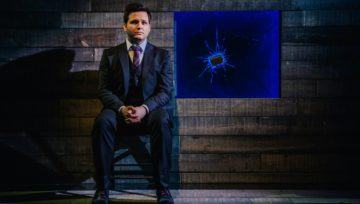Luis M Martínez in Psyche:
 It’s not possible. There must be a rational explanation. Surely, you say to yourself, there is a logical justification. But no matter how hard you look, there is no answer that aligns with what you know about reality. With the magician’s final deception, the last act of their trick, the audience encounters the impossible: a bird appears out of thin air, a person begins to levitate and fly, or private thoughts are read like pages in a book. Magicians do things spectators know aren’t possible. This is the power of illusion. As the American magician Simon Aronson put it in 1980: ‘There’s a world of difference between a spectator’s not knowing how something’s done versus his knowing that it can’t be done.’ But magic is not only an encounter with the impossible. It is also an encounter with the perceptual machinery we use to assemble reality.
It’s not possible. There must be a rational explanation. Surely, you say to yourself, there is a logical justification. But no matter how hard you look, there is no answer that aligns with what you know about reality. With the magician’s final deception, the last act of their trick, the audience encounters the impossible: a bird appears out of thin air, a person begins to levitate and fly, or private thoughts are read like pages in a book. Magicians do things spectators know aren’t possible. This is the power of illusion. As the American magician Simon Aronson put it in 1980: ‘There’s a world of difference between a spectator’s not knowing how something’s done versus his knowing that it can’t be done.’ But magic is not only an encounter with the impossible. It is also an encounter with the perceptual machinery we use to assemble reality.
The neuroscience of magic is, in essence, the study of these encounters. Arts of illusion are often taken for granted, explained away as a series of clever tricks, but in the sharp and magical transition from possible to impossible we find answers to some of the most fundamental questions in philosophy and cognitive science. Answers that reveal the ways we live across multiple assembled realities.
More here.
